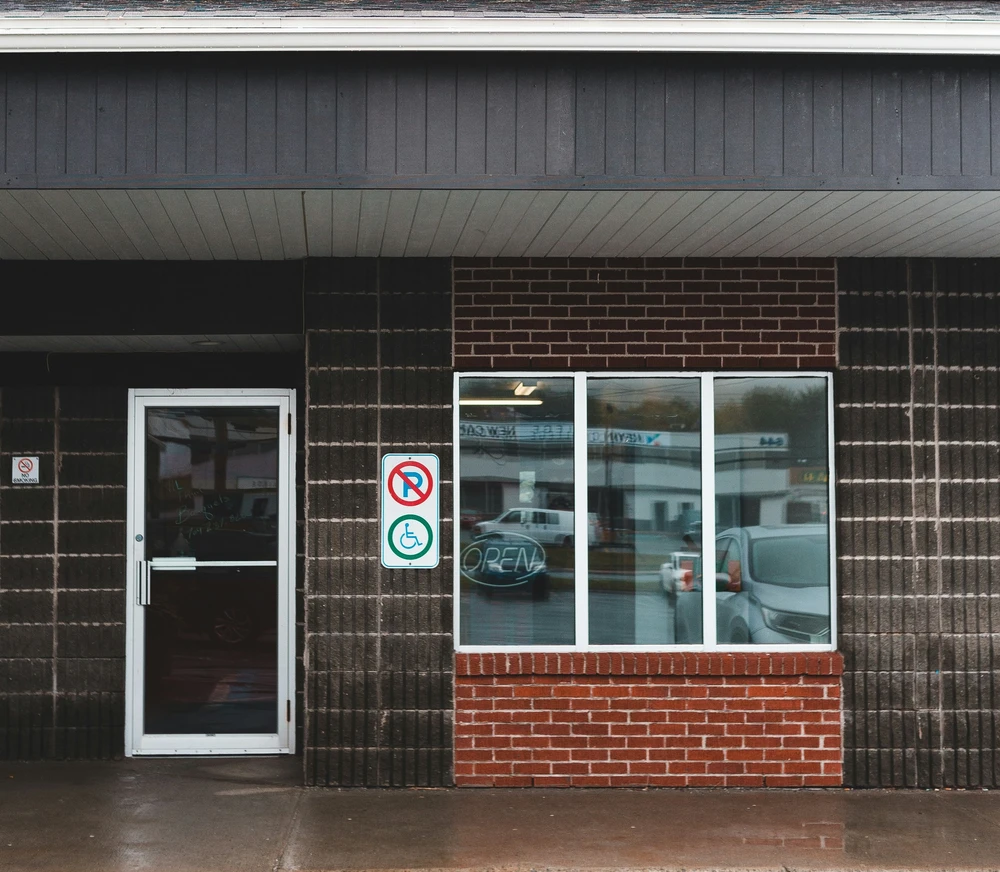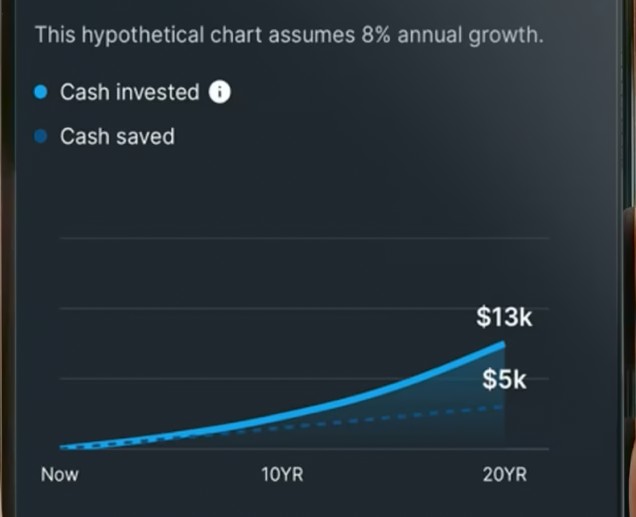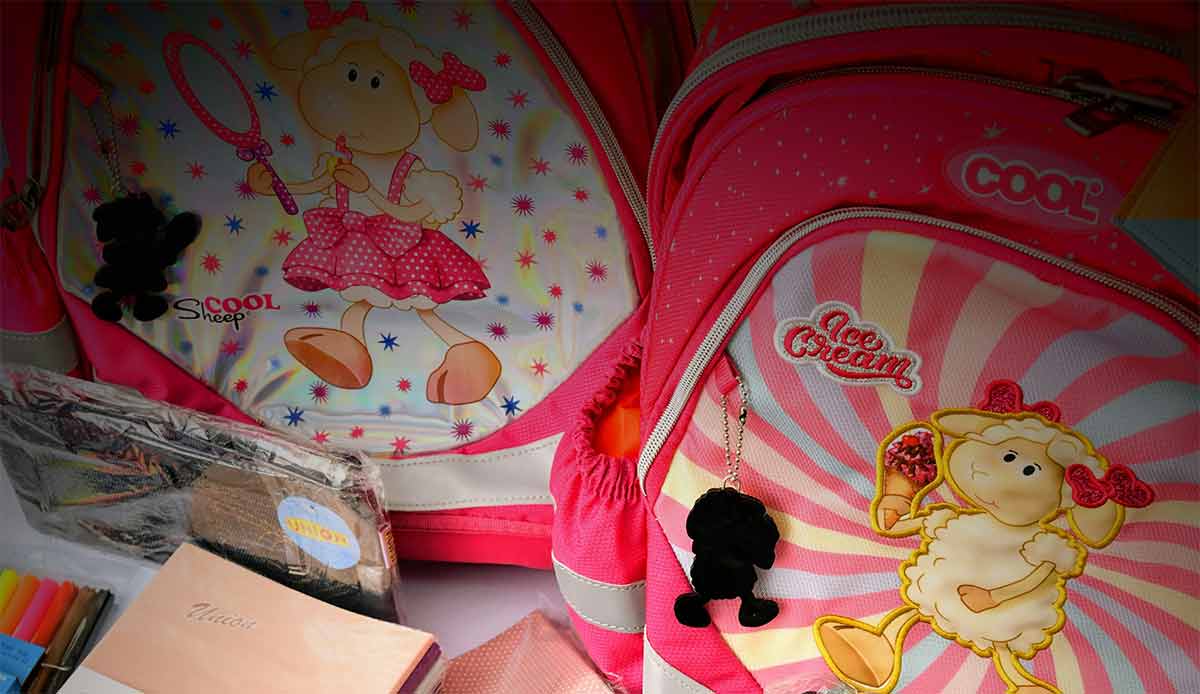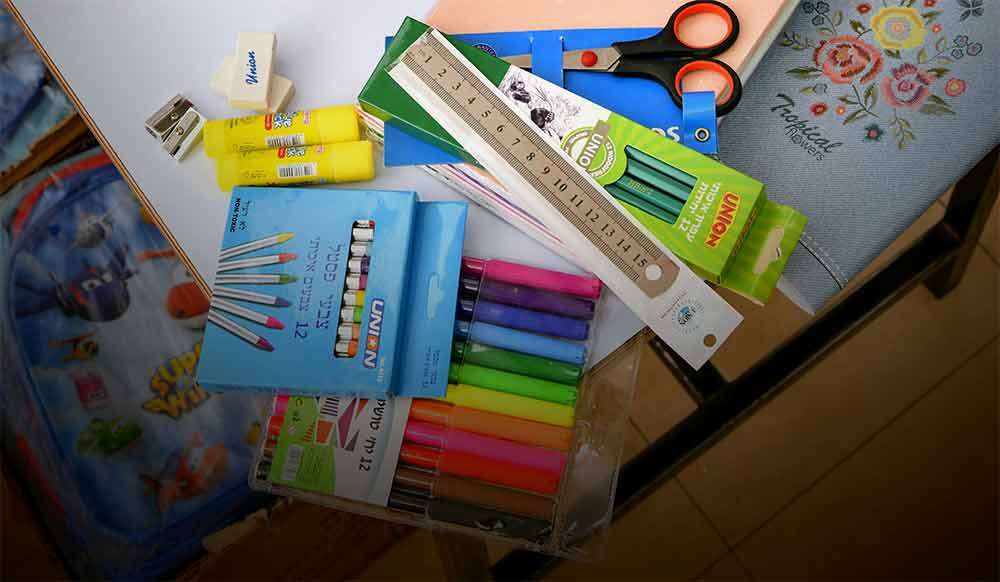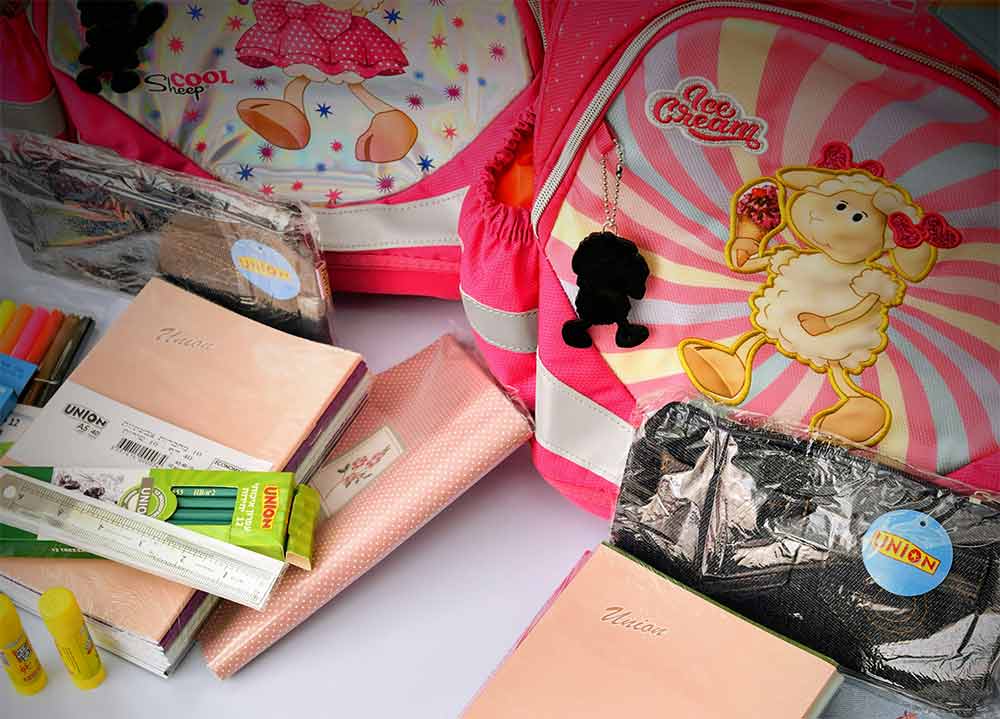Understanding Your Current Financial Situation
Establishing a budget begins with a thorough understanding of your current financial situation. This step is crucial for those living paycheck to paycheck, as it provides clarity on your financial standing. Start by compiling all sources of income, which may include your salary, side hustles, and any additional streams like rental income or freelance work. Documenting these income sources helps you know exactly how much money you have entering your account monthly.
Next, it is essential to track your expenses. Create a comprehensive list of all fixed expenses—these are costs that remain constant each month, such as rent or mortgage payments, utilities, insurance premiums, and loan repayments. In addition to fixed expenses, also include variable expenses, which fluctuate monthly and may encompass groceries, transportation, and entertainment. By categorizing these expenses, you can gain insightful perspectives on your spending habits.
After listing your income and expenses, categorize them into necessary versus discretionary spending. Necessary spending includes essential costs such as housing, food, and healthcare, which are critical to your livelihood. On the other hand, discretionary spending might include dining out, subscription services, or luxury items. Identifying these areas will illuminate where you can potentially cut back to alleviate the strains of living paycheck to paycheck.
To formalize this understanding, compile a monthly income statement that details your total income against your total expenses. This will help clarify how much money is coming in and going out each month. If your expenses exceed your income, it may be time to consider adjustments. Overall, understanding your financial situation is an instrumental first step in crafting a realistic and sustainable budget.
Setting Clear and Realistic Budget Goals
Setting achievable budget goals is a crucial step for individuals living paycheck to paycheck. The process begins with a thorough analysis of the current financial situation. By evaluating income, expenses, and liabilities, one can identify spending patterns and determine where adjustments are necessary. This self-assessment provides a foundation for crafting realistic financial goals that prioritize essential needs while also allowing for future savings.
Prioritizing spending is essential in this stage. Begin by categorizing expenses into needs and wants. Needs include vital costs such as housing, utilities, groceries, and transportation, while wants may consist of dining out, entertainment, and unnecessary subscriptions. Allocating funds for these categories can help ensure that essential expenses are covered first, leaving any remaining income for savings or discretionary spending. Setting a goal to allocate a specific percentage of income to each category promotes responsible financial management.
It is also important to set aside funds for savings, particularly emergency savings. Financial experts recommend aiming for at least three to six months’ worth of essential expenses in an easily accessible account. This goal may seem daunting for those with limited budgets, but starting with small, consistent contributions can make it attainable. Automating transfers to a savings account is one effective method to ensure that savings goals are met regularly.
Additionally, financial goals should encompass both short-term and long-term objectives. Short-term goals may include reducing monthly expenses or increasing savings by a certain amount, while long-term goals could involve building credit or saving for a significant purchase, like a home. By creating these tangible targets, individuals can stay motivated and maintain focus on their financial journey. Establishing clear and realistic budget goals fosters a sense of control over one’s finances and paves the way for a more secure financial future.
Creating and Implementing Your Budget Plan
Establishing a budget when you are living paycheck to paycheck can be a transformative step toward achieving financial stability. The first phase involves understanding your current financial situation. Begin by listing all sources of income and detailing your expenses, categorizing them into essentials such as housing, utilities, and groceries, and non-essentials like dining out and entertainment. This foundational knowledge equips you to make informed decisions when creating your budget plan.
Next, select a budgeting method that aligns with your needs and lifestyle. The envelope system is a popular choice, where you allocate specific cash amounts for each expense category into envelopes. Once the cash in an envelope is depleted, you cannot overspend in that category. On the other hand, zero-based budgeting requires you to assign every dollar of your income a specific role, ensuring that your income minus expenses equals zero. This method encourages mindful spending and helps prioritize necessities. Alternatively, percentage-based budgeting suggests allocating a fixed percentage of your income to various expenses, savings, and debt repayments, making adjustments based on financial goals.
Utilizing budgeting tools and apps can greatly enhance your budgeting process. Many applications provide user-friendly interfaces that allow tracking of income and expenses in real-time, resulting in a more effortless management experience. Some popular options include Mint, YNAB (You Need A Budget), and PocketGuard, each offering unique features that cater to various budgeting approaches.
Lastly, implementing your budget plan requires discipline and commitment. Set achievable goals and periodically review your budget to adapt to changes in your financial circumstances. Sticking to a budget while living paycheck to paycheck can be challenging, but with perseverance and the right strategies, you can make significant strides towards financial wellbeing.
Adjusting Your Budget and Overcoming Common Challenges
Creating and adhering to a budget can be particularly challenging for individuals living paycheck to paycheck, especially when faced with common obstacles such as variable income and unexpected expenses. A proactive approach to budgeting can greatly alleviate some of these pressures. First and foremost, flexibility in budgeting is essential. It is crucial to recognize that circumstances may change, requiring adjustments to your budget. For individuals with fluctuating income, utilizing a zero-sum budgeting method may prove beneficial; this approach allocates every dollar earned to specific expenses, savings, or debt repayments, creating a clear financial roadmap.
Regular reviews of your budget can help you remain aware of your financial situation and anticipate necessary changes. Setting aside time—perhaps monthly or after receiving your paycheck—to analyze spending patterns and adjust your budget accordingly can foster greater financial control. Furthermore, maintaining a separate emergency fund can serve as a buffer for unexpected expenses. Even modest contributions can accumulate over time and provide a financial cushion, reducing stress associated with unforeseen costs.
When setbacks occur, such as sudden expenses or a dip in income, it is vital to adopt a positive mindset. Acknowledge that financial challenges are common and do not signify failure. Instead, they can be viewed as opportunities to learn and adapt your financial practices. Developing resilience during tough times is integral to maintaining long-term budgeting success. Additionally, consider seeking support from financial advisors or community resources, which can provide valuable insights and strategies tailored to your unique situation.
To summarize, adjusting your budget with flexibility, regularly reviewing your financial status, and embracing a positive mindset can significantly help in overcoming common challenges faced while managing a budget as you live paycheck to paycheck. With these strategies in place, individuals can create a sustainable budgeting practice that adapts to their needs and allows for greater financial stability.




